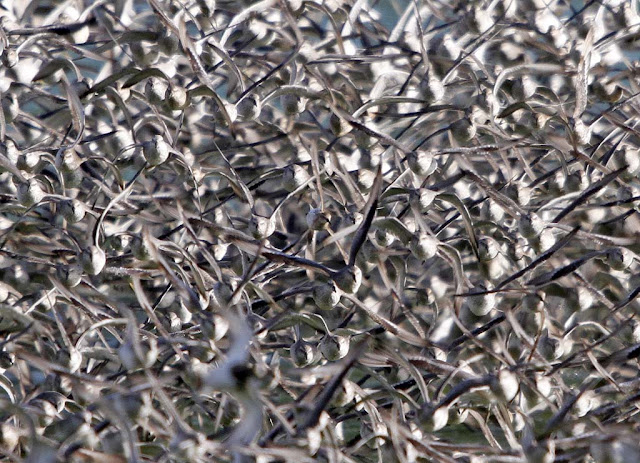On a few days in autumn and spring at Snettisham on the Wash coast the sun and the moon conspire together to produce the highest spring tides that force tens of thousands of waders off the mudflats and on to lagoons behind the beach that are left over from gravel extraction. Unfortunately the spring tides occur early in the morning and late in the evening restricting the time available for photography. This also explains why in the winter this spectacular exent is not visible. it is dark!
I went there on 16th Sept, the starting date for 5 days of suitable tides. The instructions were to leave the car park at 5.15am for the mile and half walk to the viewing point and hides.
As the tide comes in over the mudflats it pushes the waders together on the ever shrinking areas of mud until eventually they are forced to fly. On the best days they fly around in huge flocks swirling and diving in a similar way to starling flocks.
They settle on the shingle banks in the lagoon clustering closely together and emitting a cacophony of noise.
Within an hour or two they have all left, often in one huge flock, as the tide falls.
The majority of birds are Knot with lesser numbers of Oystercatchers and only a few thousand Godwits.
It is one of the great spectacles of nature in the UK.
You might have to look carefully at this last picture.
More images in the next post





No comments:
Post a Comment